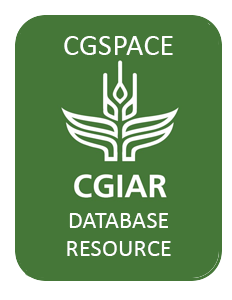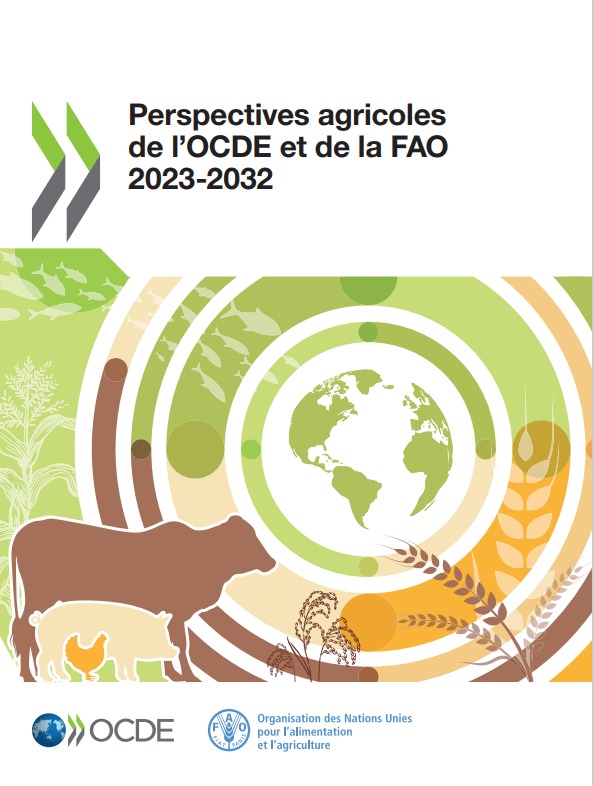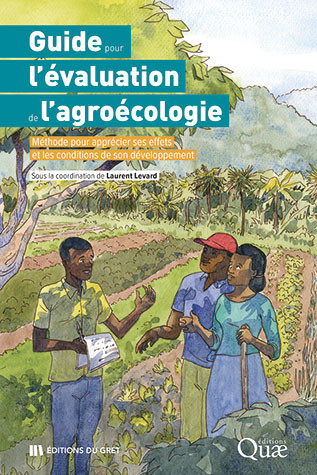Tackling gender inequalities is becoming increasingly important for voluntary sustainability systems to address. More and more, sustainability systems are looking to integrate gender into their standards and the management of their organisations. Sustainability systems that are not gender-…
Les Perspectives agricoles 2023-2032 sont le fruit de la collaboration entre l’Organisation de coopération et de développement économiques (OCDE) et l’Organisation des Nations Unies pour l’alimentation et l’agriculture (FAO). Les deux organisations mettent en commun leurs connaissances…
Les Perspectives agricoles 2023-2032 sont le fruit de la collaboration entre l’Organisation de coopération et de développement économiques (OCDE) et l’Organisation des Nations Unies pour l’alimentation et l’agriculture (FAO). Les deux organisations mettent en commun leurs connaissances…
Les Perspectives agricoles 2023-2032 sont le fruit de la collaboration entre l’Organisation de coopération et de développement économiques (OCDE) et l’Organisation des Nations Unies pour l’alimentation et l’agriculture (FAO). Les deux organisations mettent en commun leurs connaissances…
Le <em>Guide pour l’évaluation de l’agroécologie</em> propose une démarche et des outils méthodologiques pour apprécier, d’une part, les effets des pratiques et des systèmes agroécologiques sur les performances agroenvironnementales et socio-économiques de l’agriculture et, d’autre…
Le <em>Guide pour l’évaluation de l’agroécologie</em> propose une démarche et des outils méthodologiques pour apprécier, d’une part, les effets des pratiques et des systèmes agroécologiques sur les performances agroenvironnementales et socio-économiques de l’agriculture et, d’autre…
<h2 id="section-2">Enjeux</h2>
Dans le cadre de la politique d'installation et en lien avec le départ à la retraite massive de nombreux agriculteurs au cours des prochaines années, la question du portage du foncier agricole est l'objet d'un intérêt…
Contribution Of Gis To The Mapping Of Landslide Risk Areas In The City Of Bafoussam





